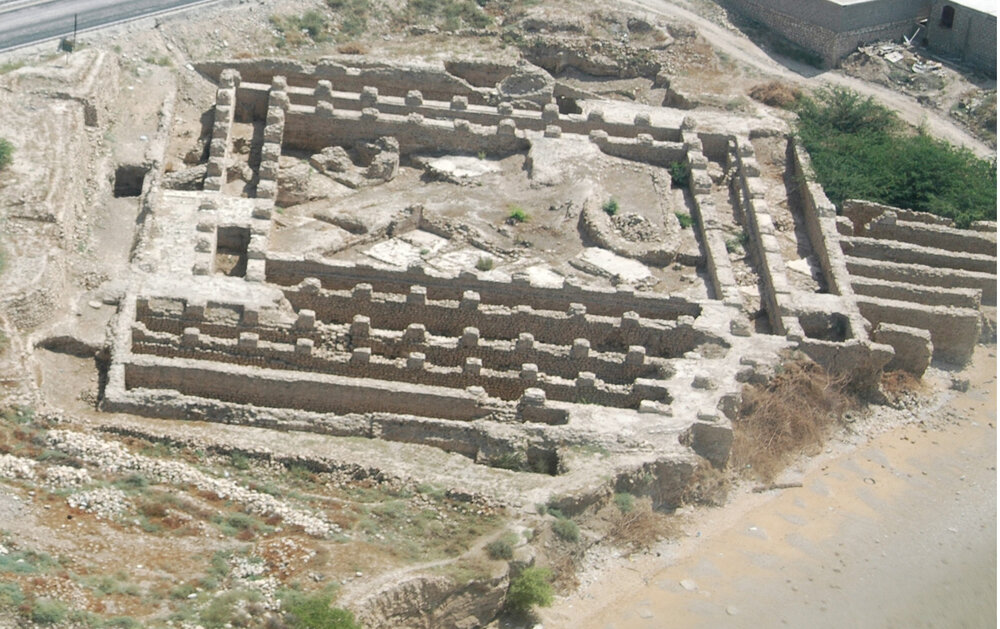Discover early example of Islamic architecture in southern Iran

TEHRAN - Constructed between the early and middle of the 9th century CE, the Friday Mosque of Siraf, located in the port city of Siraf close to the Persian Gulf, is a very early example of Islamic architecture in Iran.
Today, only the ruins remain, and the majority of the knowledge about its architectural features comes from the excavations carried out between 1966 and 1973 by the British Institute of Persian Studies, led by archaeologist David Whitehouse.
The Friday Mosque of Siraf is the largest mosque among those previously discovered nearby that share a similar architectural style.
The mosque is a congregational structure, built on a two-meter-high podium and arranged in a rectilinear box. Simply arranged columns and a central courtyard serve to define the structure’s interior. In comparison to other mosques of the time, it is significantly larger; when it was completed, its square footprint was 55 meters long.
According to Archnet, the excavations uncovered numerous stages of construction, with two or three particularly noticeable ones. The mosque walls surrounded a space that was 51 meters deep by 44 meters wide at the end of the first construction phase, on top of the aforementioned two-meter-high platform.
They contained a courtyard with a well in the middle, three arcades running parallel to the qibla wall that made up the prayer hall, and one arcade enclosing the other three sides. At the center of the qibla wall, the mihrab was simply shaped like a rectangular niche.
A staircase led to the entrance to the northeastern wall’s center, which faced Mecca. To the entrance’s left was a minaret.
Three bays to the southwest served as the prayer hall’s interior. Early in the ninth century, during the first phase of construction, the mihrab was just a small niche in the qibla wall.
Around the end of the first quarter of the ninth century, a second construction phase began. A bay was added to the sanctuary area at this time. The mosque’s qibla wall was torn down, and the wall was rebuilt. The mihrab had a rectangular niche at its center and a corresponding rectangular projection on the outside.
Another arcade was constructed around the courtyard’s edge during this stage of the project. With this addition, the courtyard’s thickness was reduced by one bay on all sides except the entrance side, and the sanctuary was now five bays deep. The courtyard’s two perpendicular sides now had double arcades.
A cistern was eventually built on the eastern corner of the courtyard following this second construction phase, and restrooms were added to the side of the exterior east corner. The sanctuary was also expanded during this third construction phase.
Six short bays were added to the east, tying the new wall to the spot where the old wall was, and the four wall-to-wall existing bays parallel to the qibla wall were extended 11 meters to the southeast.
In the twelfth century, a small amount of restoration work was done in the mosque. It’s also interesting to note that the numerous smaller mosques located at the location all have rectangular projections on the outside of their qibla walls, suggesting that their mihrabs were articulated similarly to the one at the larger Friday Mosque.
Siraf had a population of about 300,000 during the early Islamic era, and this fact shows that it was a prosperous town.
AFM
Leave a Comment